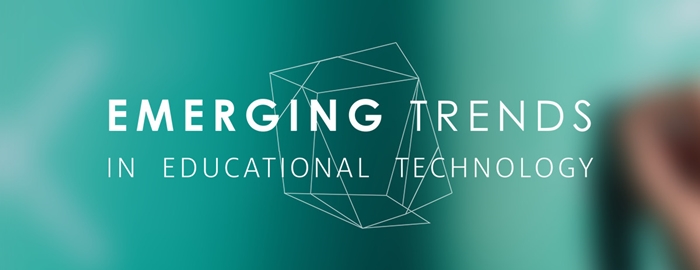In this article, we’ll explore some of the major emerging trends in education technology that are expected to impact the education sector in 2024.
Definition
EdTech, or Educational Technology, combines the strengths of education and technology, replacing traditional desktop computers with cooperative online courses and tablets in modern classrooms. EdTech is bringing a new level of engagement to learning through virtual reality courses and gamified classroom activities.
Top Emerging Trends in Education Technology in 2024
Education technology is changing the way students, teachers, and entire educational institutions interact with each other. More powerful and useful trends in the education technology space will certainly arise in the coming years, leading to more wide-ranging and effective learning environments.
Mobile Learning and Digital Content Platforms
E-learning platforms have become more popular after the Covid-19 pandemic hit the world. The platforms provide students access to high-quality educational content and instructors from anywhere in the world.
Furthermore, digital content platforms offer a huge range of learning resources for students and teachers alike. As the approval of digital content platforms continues to grow, the impact on how people learn and interact with educational content will no doubt increase.
AI-powered Learning Environments
AI-enabled technologies such as facial recognition, natural language processing, and machine learning are increasingly used in classrooms, making learning easier and more engaging.
Furthermore, AI-powered learning environments can provide students with personalized learning experiences and enable teachers to adapt lessons to meet individual students’ needs.
Augmented Reality (AR) and Virtual Reality (VR)
AR and VR can help to create immersive and engaging learning experiences, regardless of the environment. They will increasingly be used as a tool for immersive and experiential learning.
This allows students to explore virtual worlds, practice tasks, and engage in simulations tailored to their individual needs. As both technologies become more ordinary, their impact on education will be hard to ignore.
Gamification of Learning
Gamification of learning is a trend already seen in many educational institutions. The primary goal of incorporating game design elements in an educational setting is to make learning more fun and engaging.
Some examples of gamification in an education setting includes; earning virtual points for completing tasks, a virtual leaderboard to compete with peers, etc. By turning learning into an interactive and engaging experience, students are able to retain more information and build skills in a fun and engaging way.
Wearable Technology
As wearable technologies become more widespread and customizable, their impact on learning spaces will be prolific. Wearable technology can help track progress, provide performance feedback, and offer real-time personalized guidance.
Furthermore, students can listen to audio lectures, receive class notifications, make voice notes, and more with wearable technology such as smartwatches and VR headsets. This would make learning more accessible and effective and benefit teachers and parents.
Automated Assessments
The power of automation in the education field cannot be understated. Automated assessment tools will be increasingly used to evaluate students’ progress. This gives teachers and administrators better insights into student performance and areas that need improvement.
Adaptive Learning
Adaptive learning will become a major emerging trend in education technology, allowing courses to be tailored to the individual needs of each student. More and more educational institutions are incorporating this innovative data-driven approach to facilitate customized learning experiences.
This will help teachers meet the needs of a diverse student population and maximize student learning outcomes. It would also help teachers to customize individual learning paths and learning paces.
Cloud Computing
Cloud computing will continue to be an important tool for educators, allowing them to access and store data more effectively. It also allows students to save money on expensive books as cloud-based books can be accessed easily anywhere.
As an emerging trend in education technology, cloud computing offers strong authentication facilities to ensure data security. It also facilitates easy collaborations among students and teachers.
Social Media in Learning
Social media impacts the way we learn. It has created new opportunities for learners to connect with each other and access and share knowledge. Social media has also had a significant impact on the way educators teach. It has given educators new tools to reach and engage learners.
Mobile Learning
Mobile devices are becoming increasingly popular for educational purposes, allowing students to stay connected with their learning wherever they go.
And that is why more and more educational content is being optimized for mobile learners today. Portable devices like mobile phones and tablets are replacing traditional learning mediums because with mobile eLearning solutions, learning never stops.
Conclusion
Trends in Education Technology has come a long way in the last decade, and its influence on classrooms, curriculum, and teaching methods has dramatically increased. In 2024, these trends will have an even greater impact on the educational landscape, ushering in an era of innovation and improved teaching and learning. Overall, they show that education technology is here to stay and will continue to be an important part of classrooms in the future.


